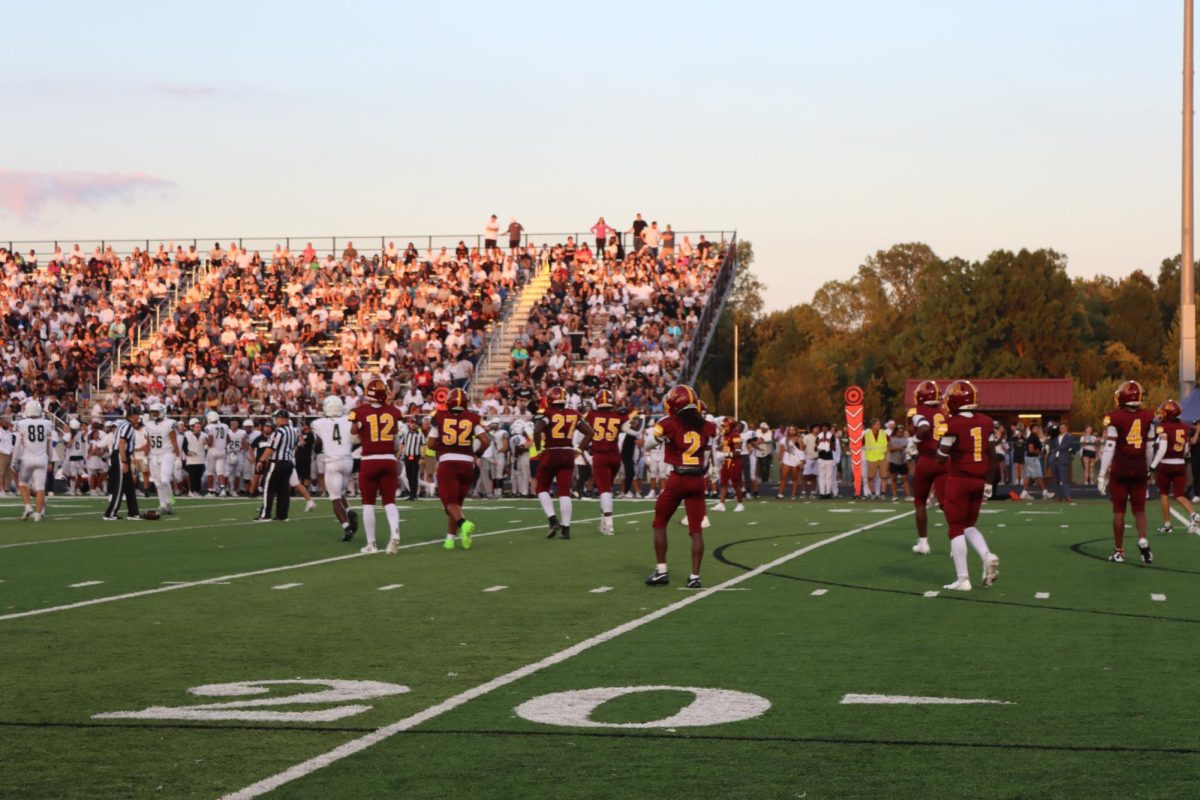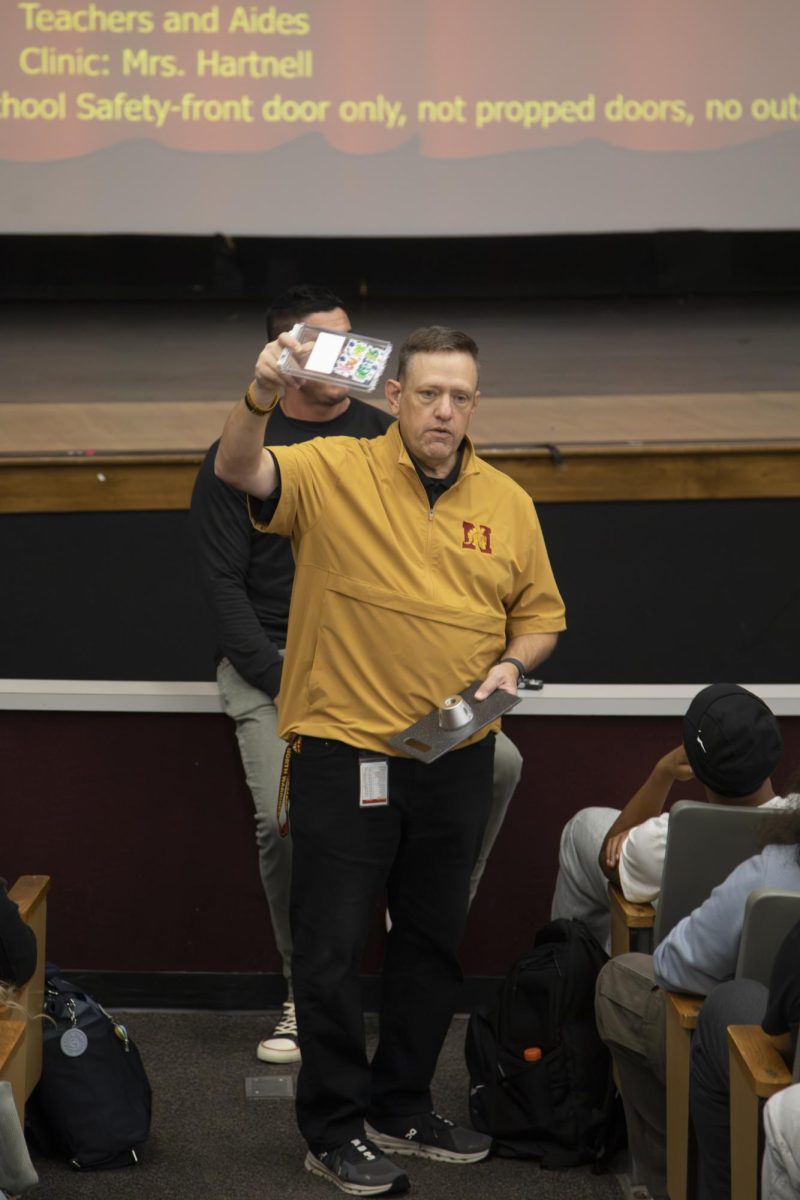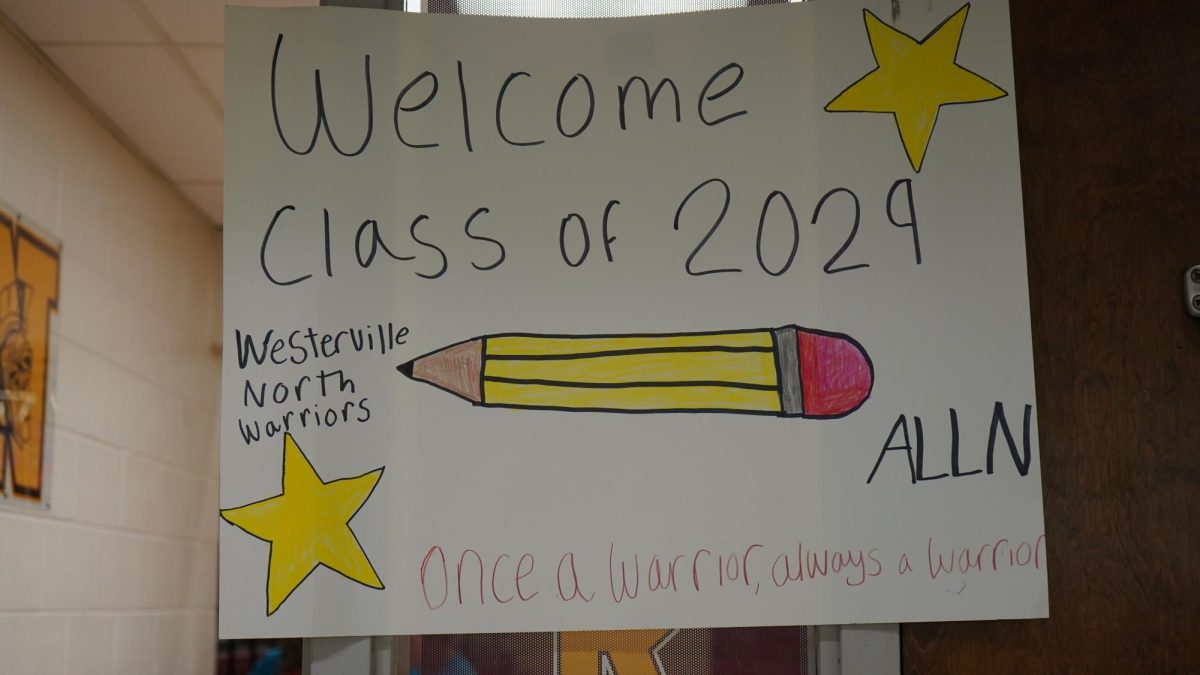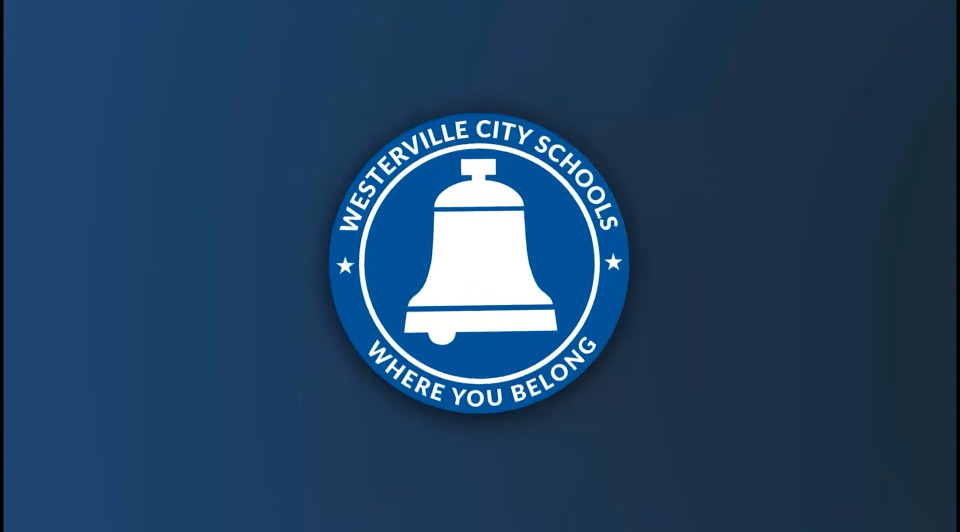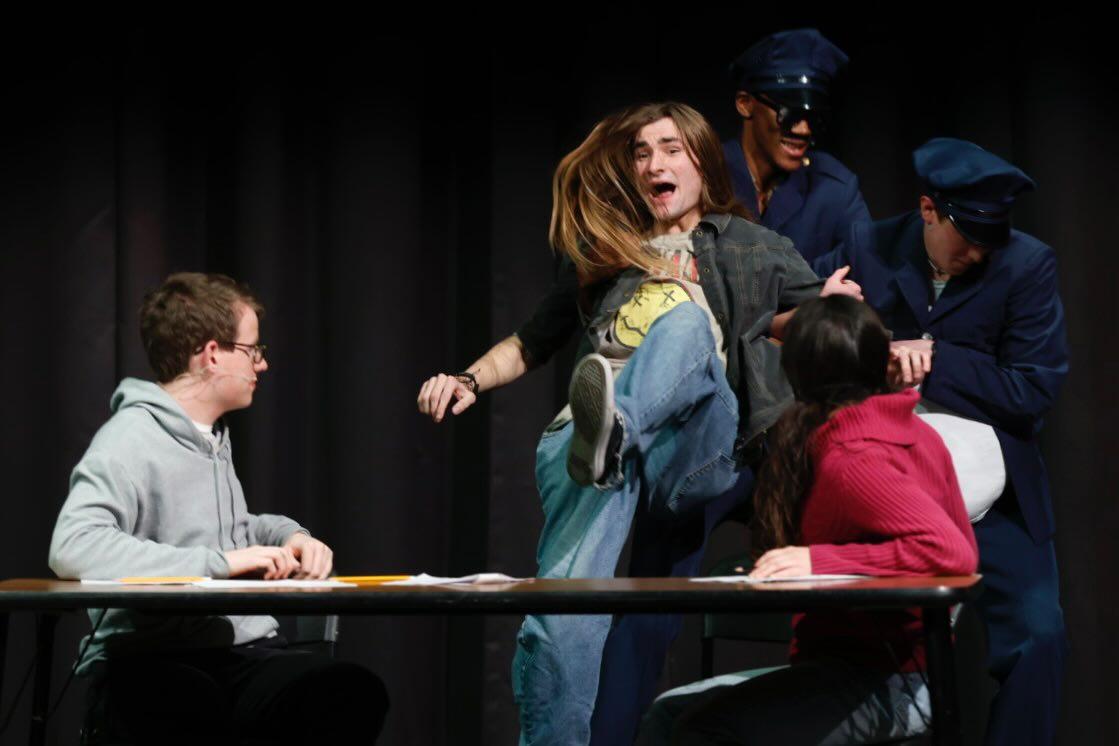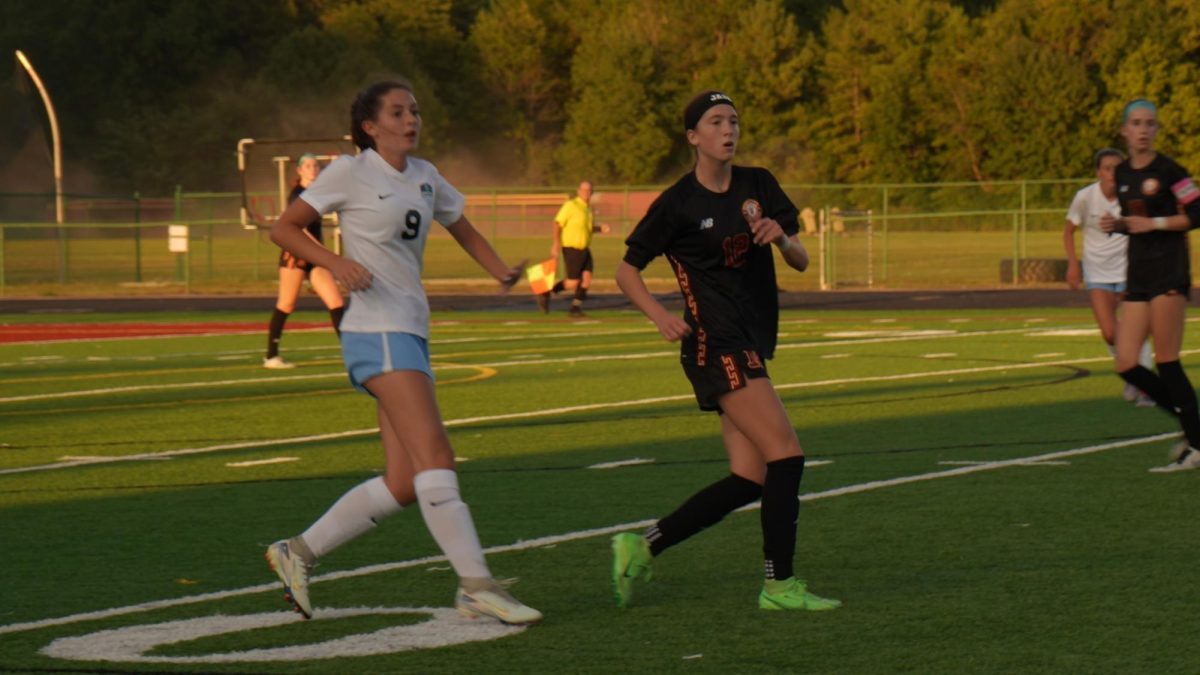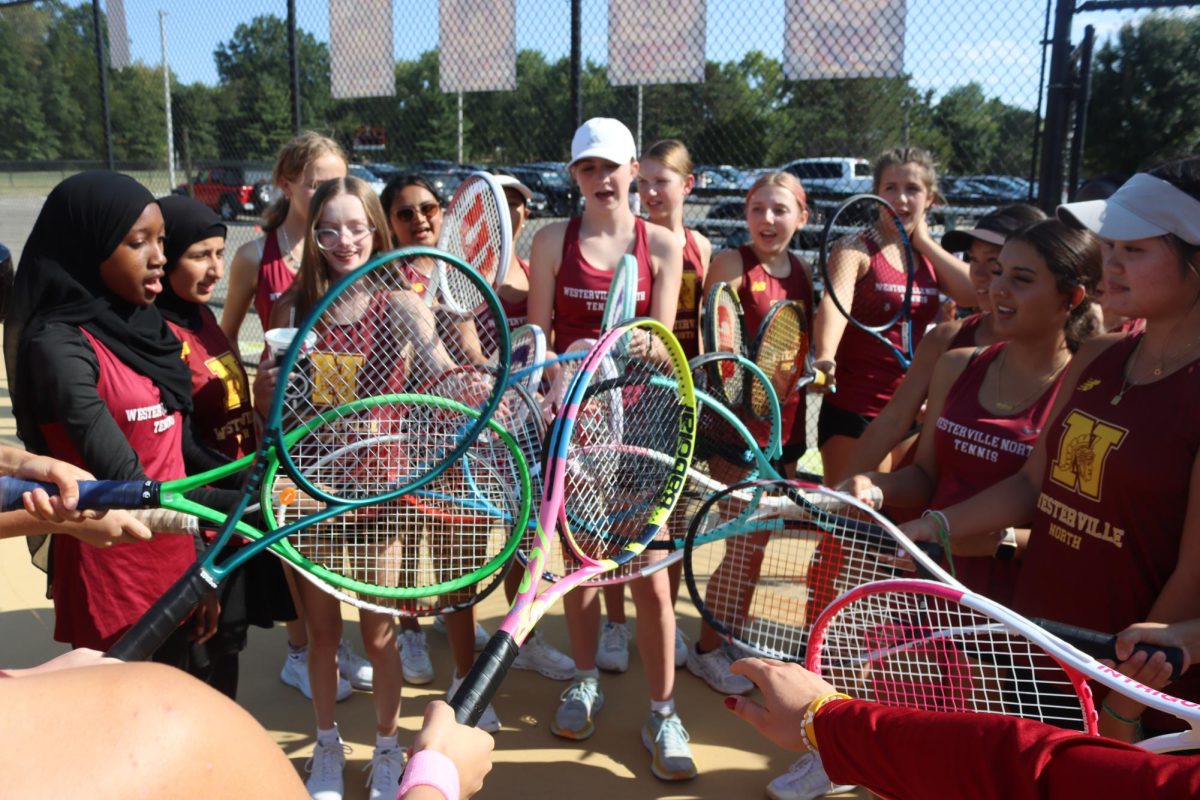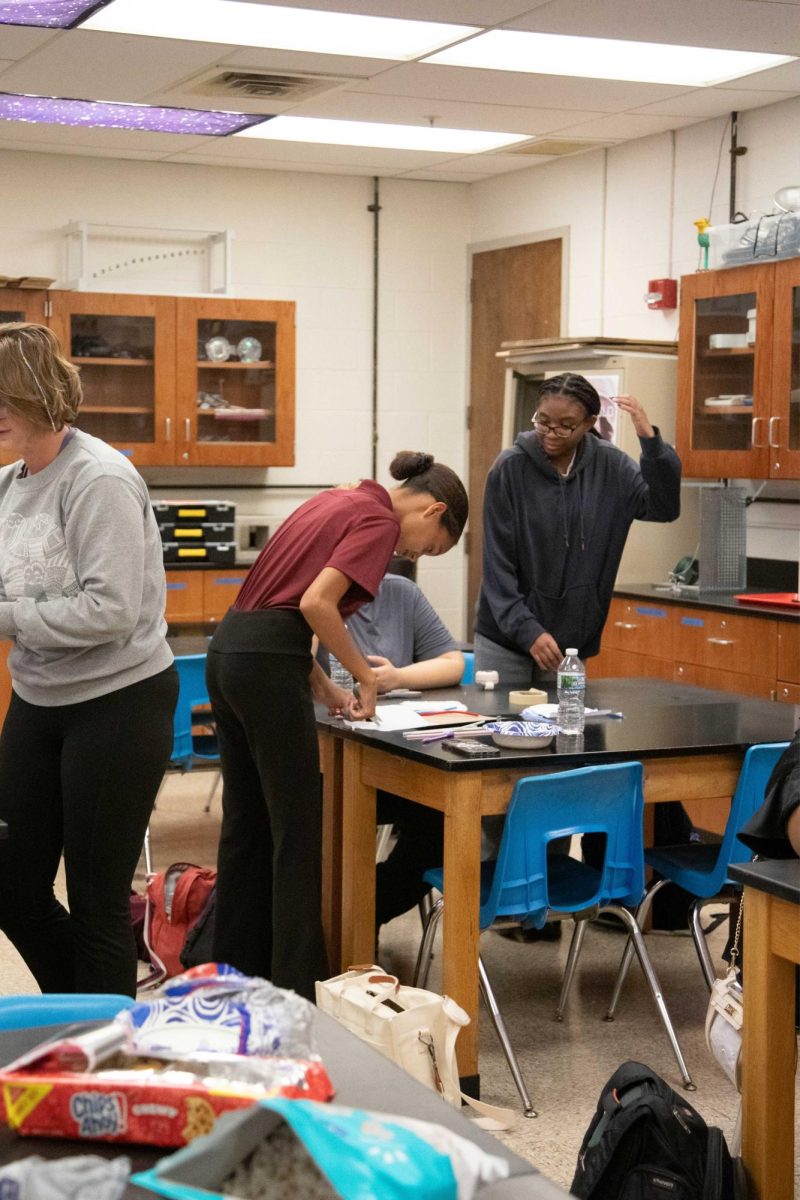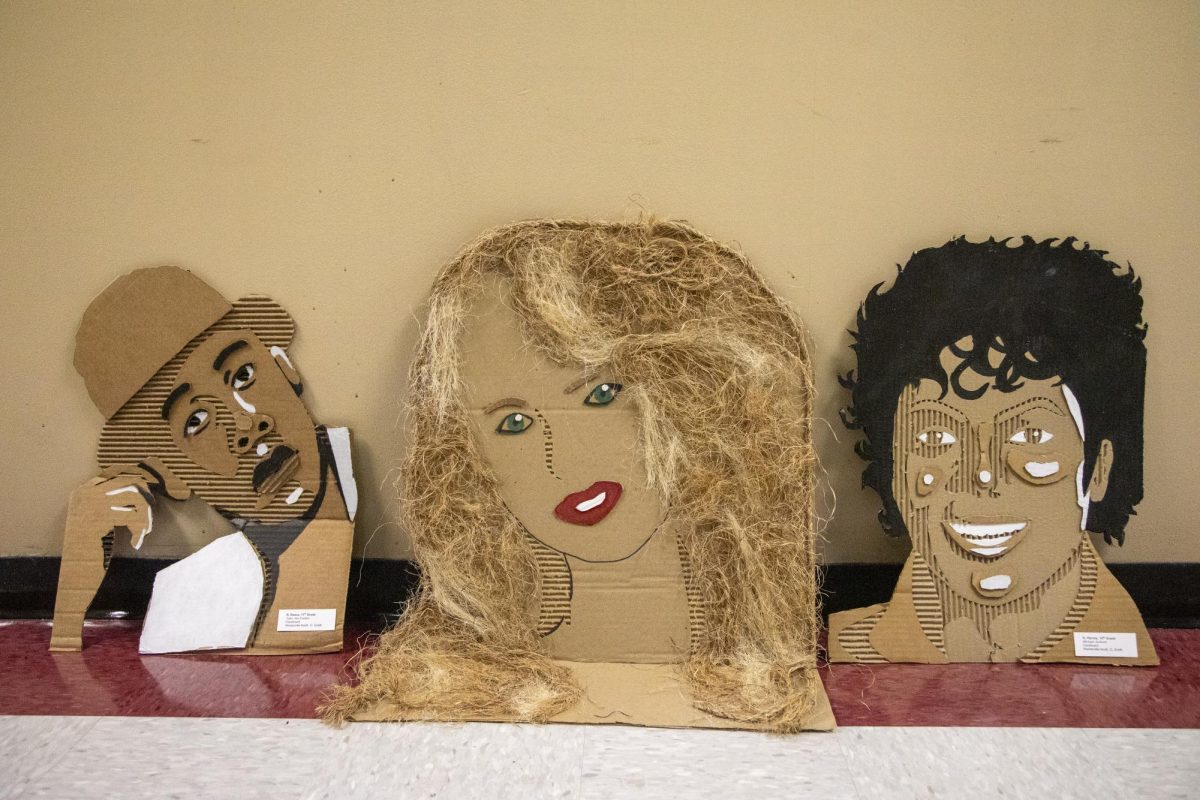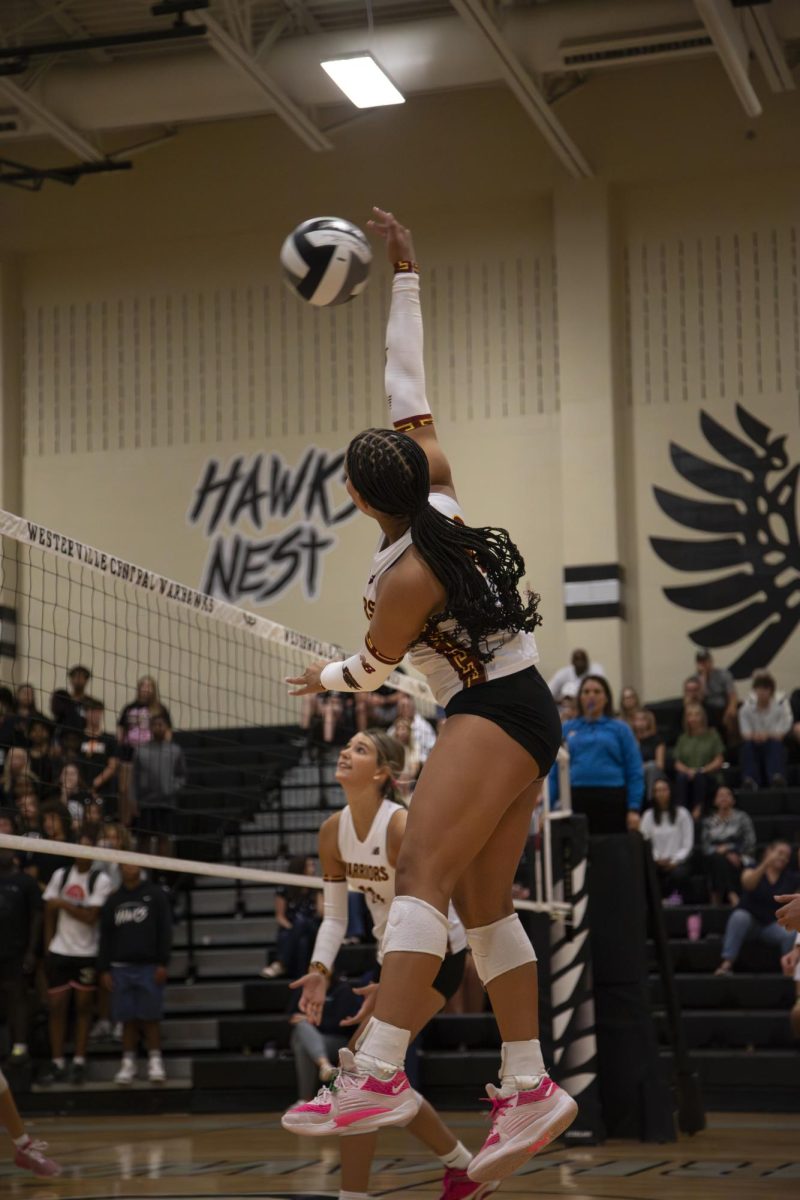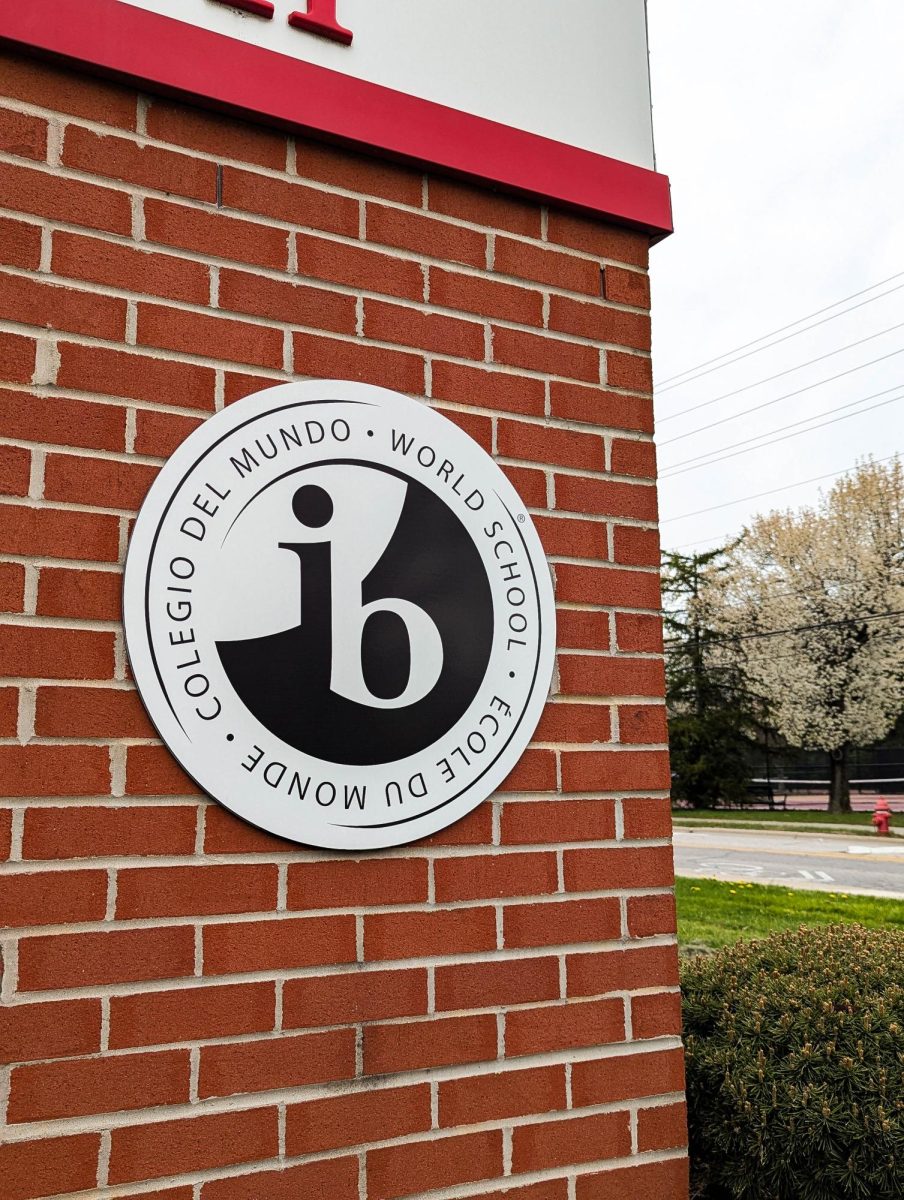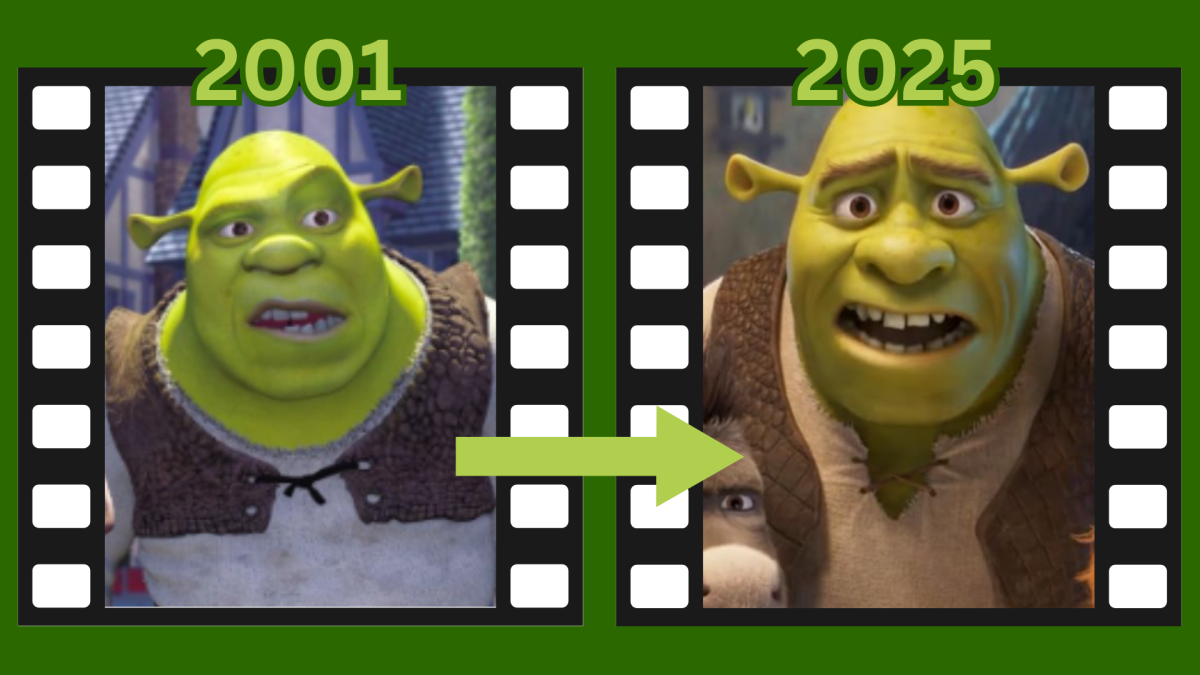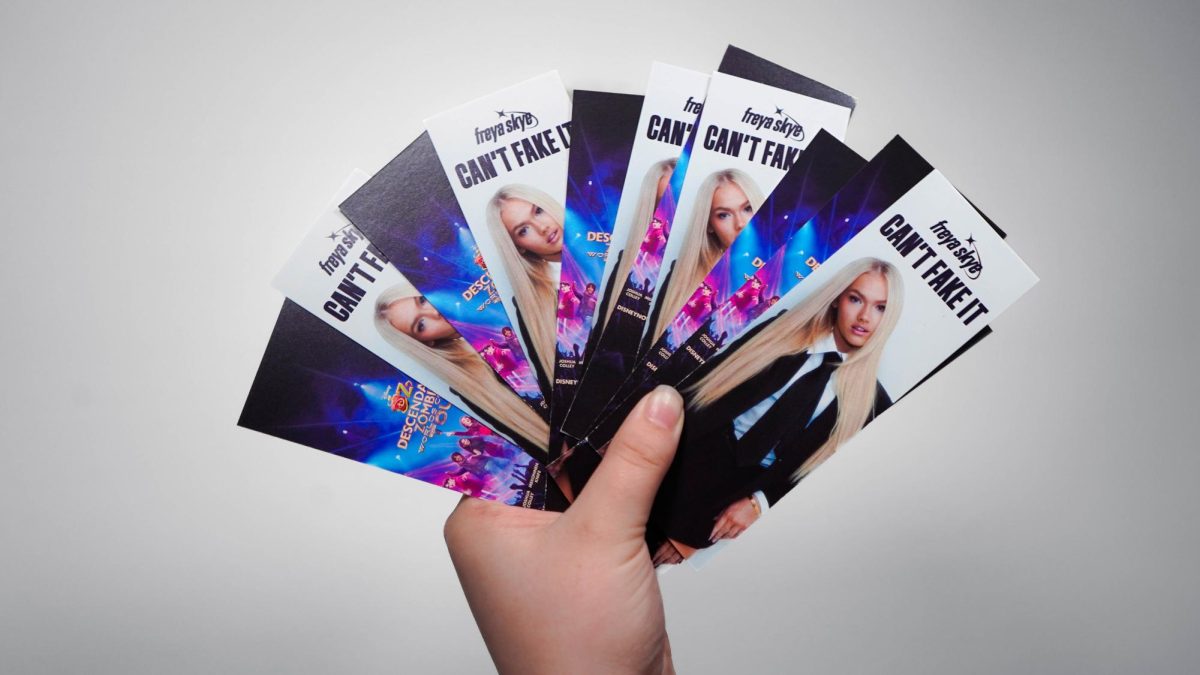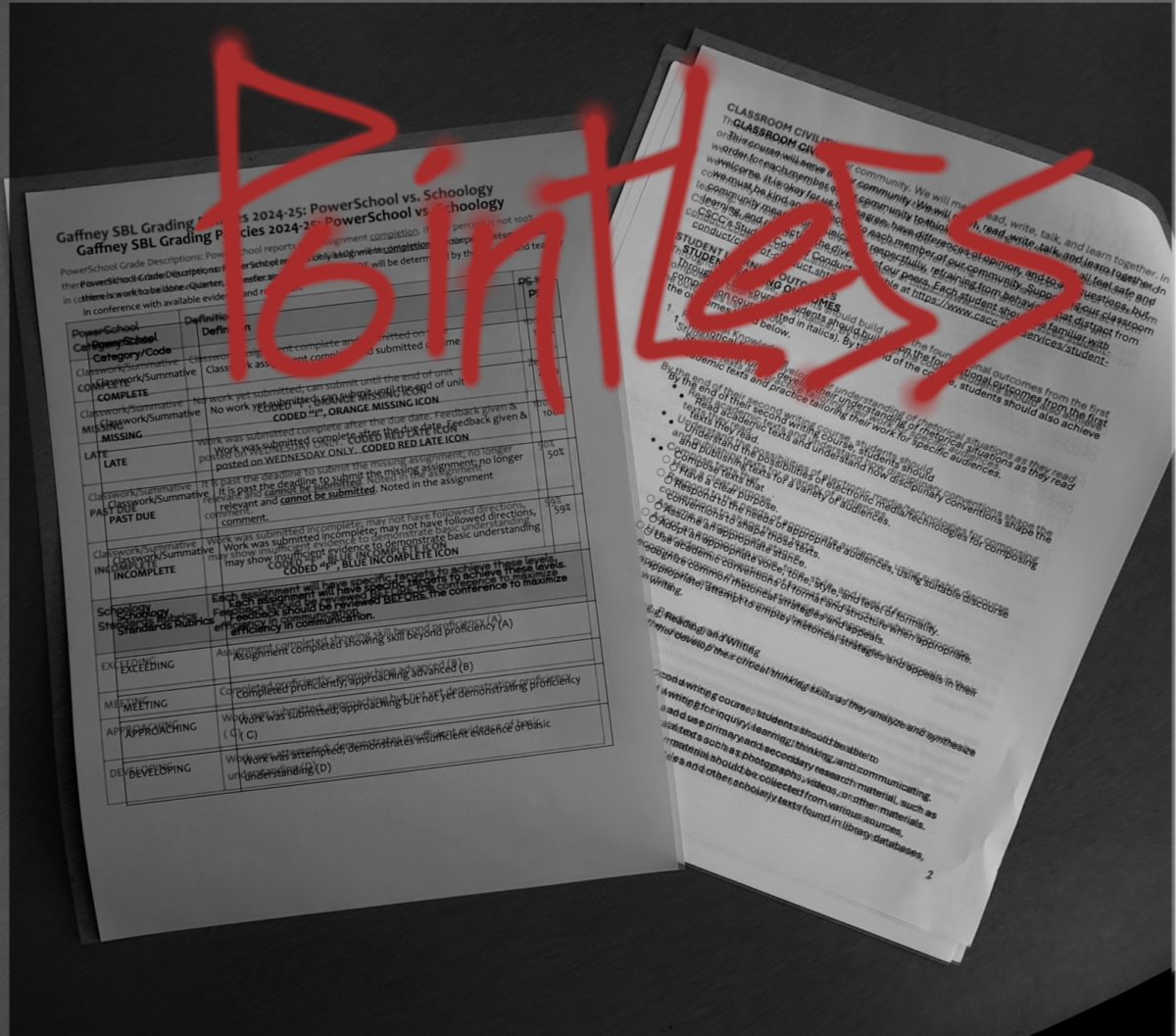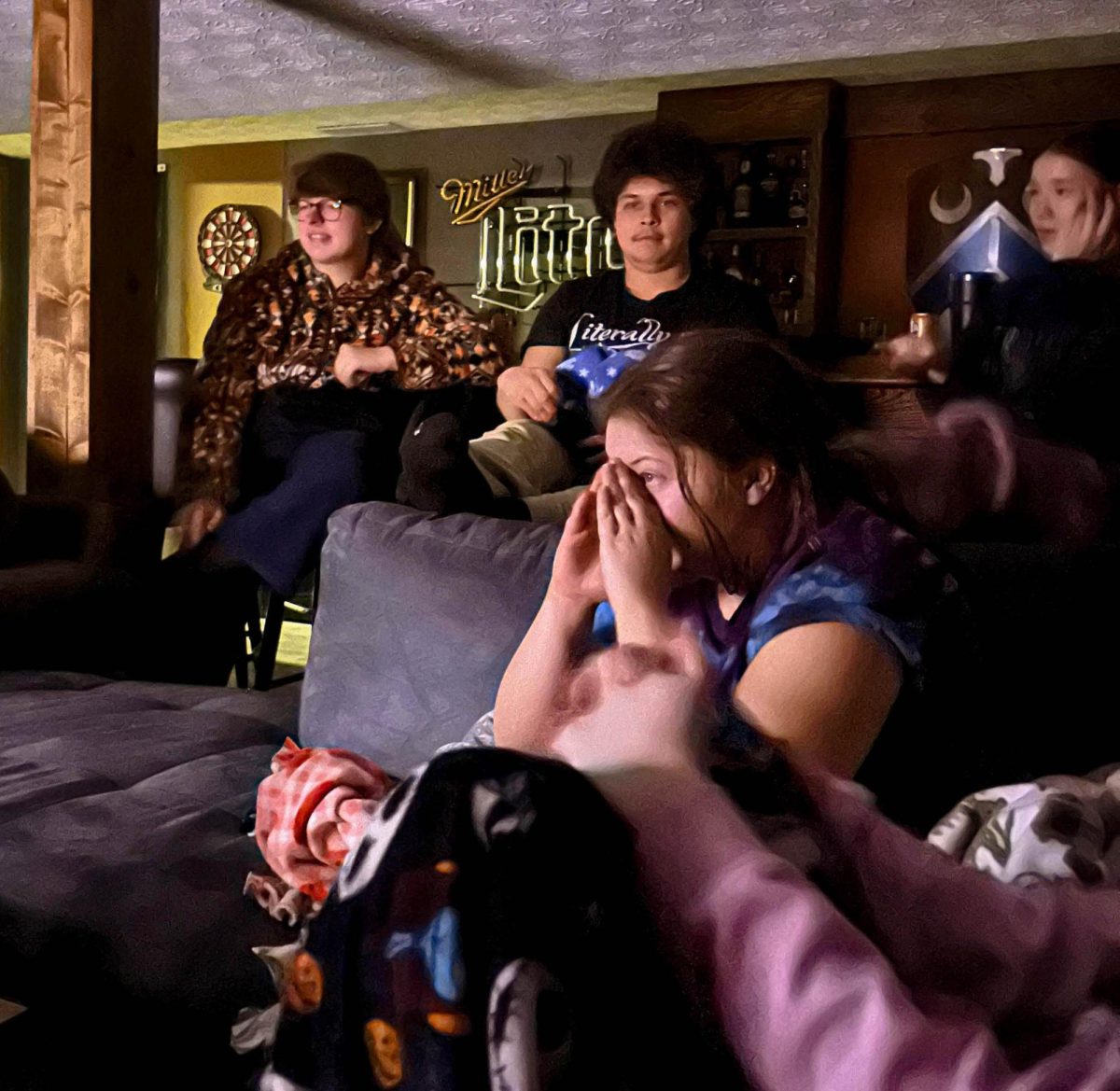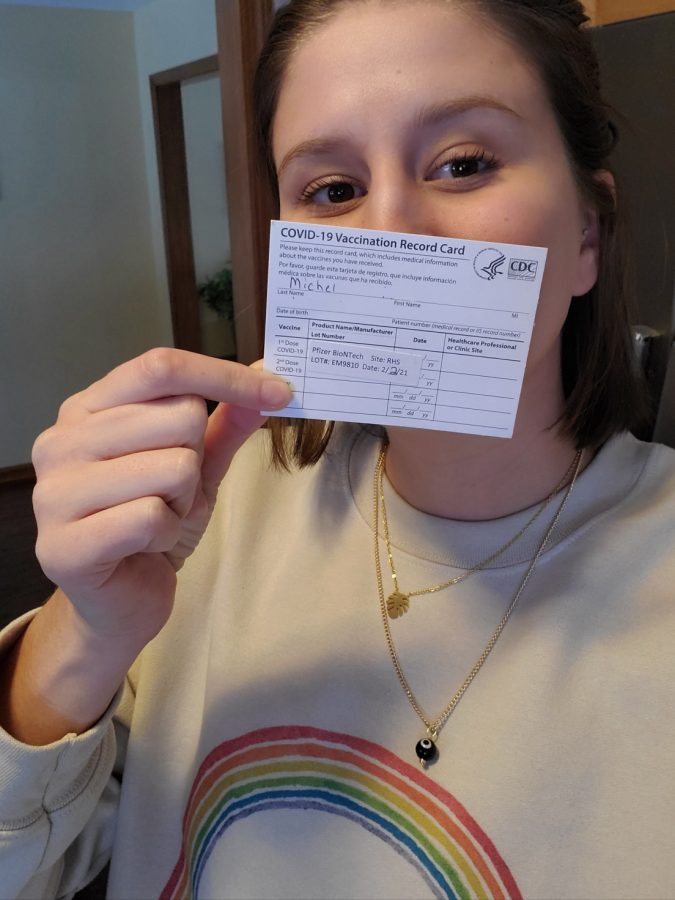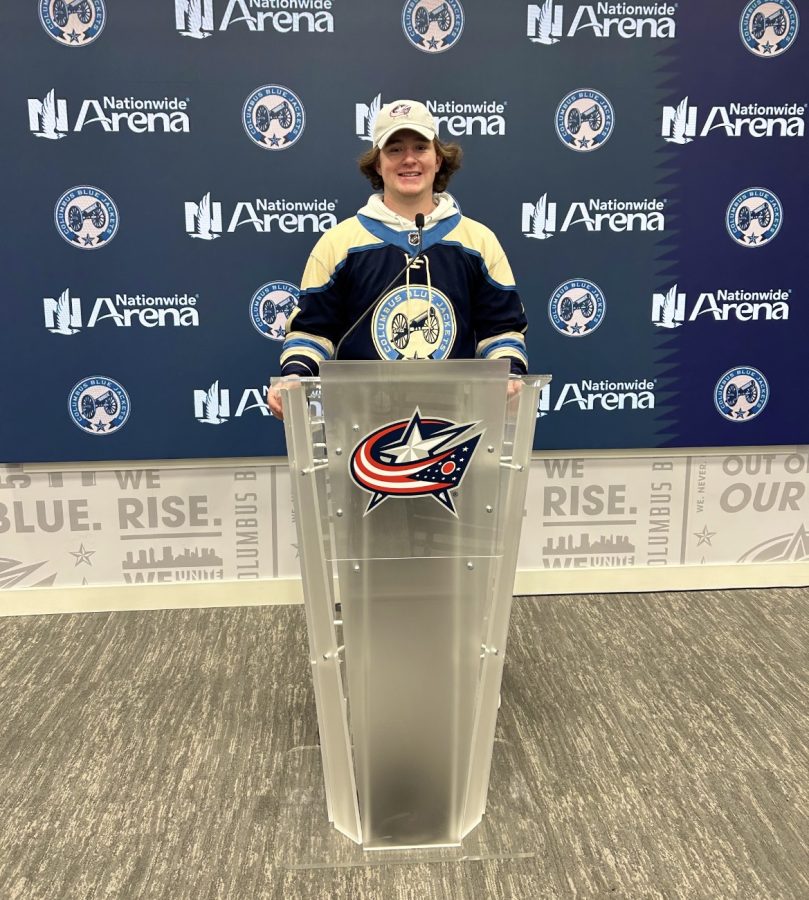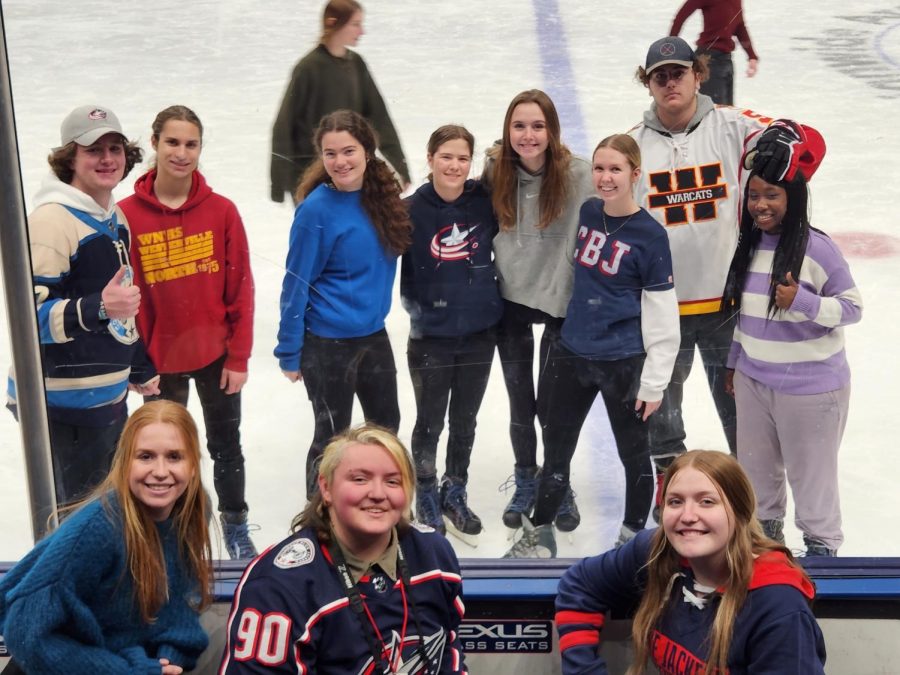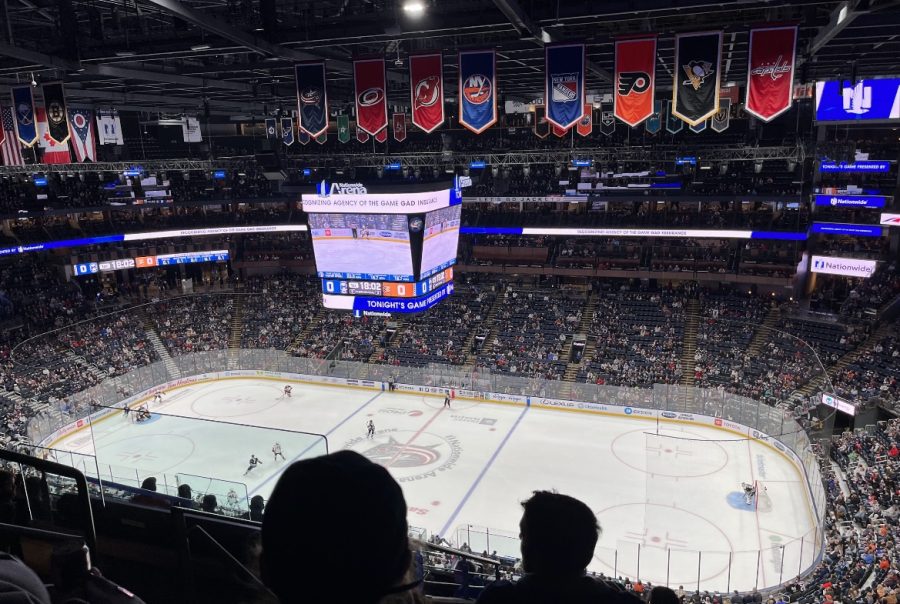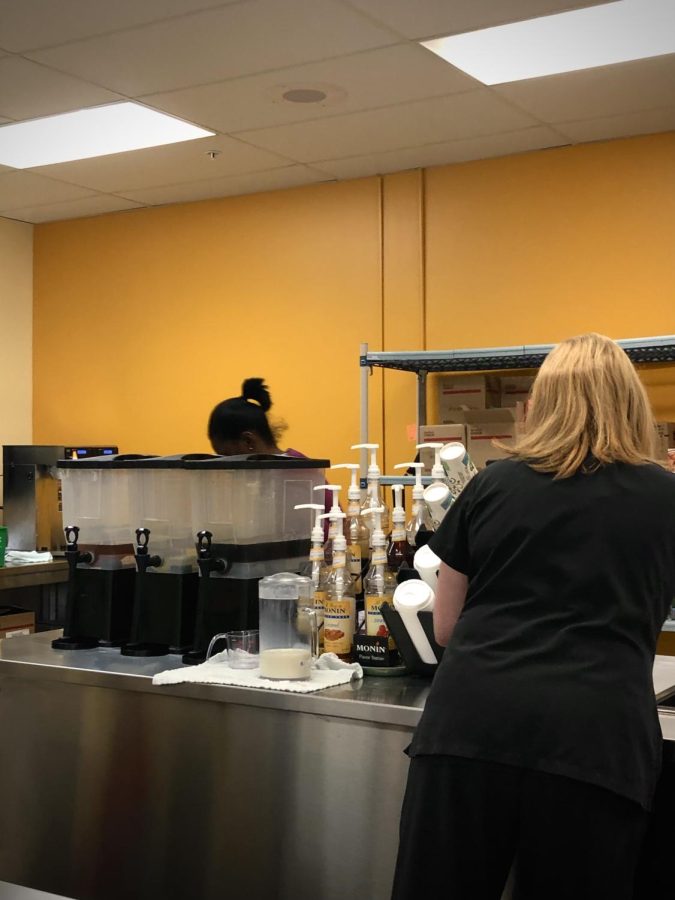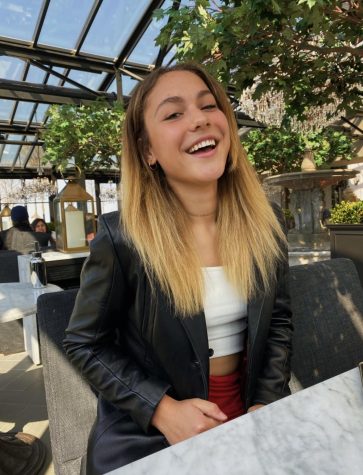As the one year anniversary of COVID-19 lockdown is just around the corner, so are new senses of hope for the future.
Facing many dreary and dull days, our nation is more ready than ever before to put its best foot forward in the conquest to prevent the spread of COVID-19.
Scientists have formulated a vaccine in hopes of healing our country during the pandemic.
Various medical firms have been fiercely competing to have their version of the vaccine ready and available to the public.
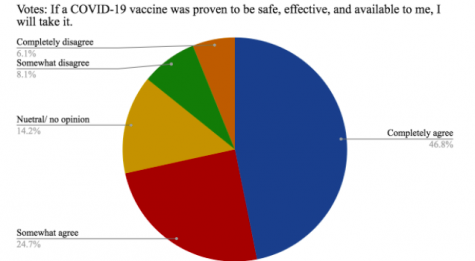
Two brands, Pfizer and Moderna, have been recently approved by the Food and Drug Administration, under Emergency Use Authorization, to distribute their vaccines nationwide.
Similar to alternate types of vaccine production, the coronavirus vaccine is made with mRNA coding. Other medical facilities have followed the lead, as they have begun clinical trials and supply planning with their COVID-19 vaccines: AstraZeneca, Janssen, and Novavax.
Most of the vaccines come in two dosages, and a patient’s second dosage must be taken after a 21-28 day grace period.
With a vaccine being so new and quickly manufactured, there are many emotions and thoughts coming from civilians. Vaccines are being distributed across the city of Columbus, Ohio.
In fact, administrators at Westerville North High School were able to begin their vaccination process, and [Westerville North teachers and staff] seem to be in high spirits about this news.
John Sands is a world history teacher at Westerville North; enthusiastic about science and the arrival of the vaccine to him and his loved ones.
“I’ve always had a lot of faith in scientists,” Sands said.
“The science is pretty well proven… I’m comfortable and I’m excited to get the vaccine as soon as it’s available to me,” Sands added.
With the speed at which the vaccine has been manufactured, some may grow wary towards its true safety. However, COVID-19 was a “familiar face” to researchers. A bacteria called SARS-CoV-2, known for sparking an epidemic in 2002, has been linked to COVID-19.
Lori Godorhazy, a medical worker, shares her trust towards researcher’s leap to new heights in terms of the COVID-19 vaccine.
“Working in the medical world, I realized that doctors and scientists are smarter than the average person,” Godorhazy said.
Godorhazy’s medical background has allowed her to get an inside scoop on the thought process of researchers and scientists.
“We have to trust the scientists to steer us in the right direction,” Godorhazy said.
Biomedical science teacher at Westerville North, Brooke Cochran, has been working to inform students on the future of the COVID-19 vaccine. Cochran does this with her introduction of a unit consisting of pandemic and epidemic information in her classes.
“The idea of mRNA vaccines is not new,” Cochran said.
The familiarity of old bacterias and old patterns in disease formation have assisted researchers in coming to quick, yet informed conclusions.
In Cochran’s COVID-19 unit in class, she used a simulator to estimate the time frame in which our nation, with a vaccine in progress, would reach herd immunity.
“Once 80 percent of the population is vaccinated, herd immunity should be reached,” Cochran said.
Estimating a period of herd immunity during COVID-19 vaccination in the U.S. will help citizens draw conclusions for our hopes of a normal civilization, if possible.
Thinking and longing for travel, continuation of large sporting events and evenings dining in at restaurants like old times have acted as a motivator for citizens.
Damou Sakho, junior at Westerville North, is focused on staying safe and connected during times of the pandemic. Sakho speaks his truth about what he thinks must be done to return to normal.
“We can return to some form of normalcy, but not with the vaccine alone. People need to continue wearing masks and staying socially distanced in public places in the time being,” Sakho said.
Although the vaccine is among us, normal COVID-19 procedures must be followed in order for the vaccine rollout to go smoothly.
“Look at the facts. Do your own research. Realize that it’s bigger than yourself,” Sakho said.


